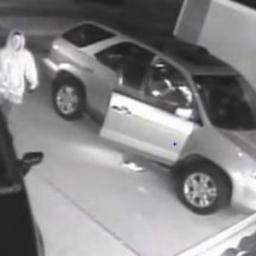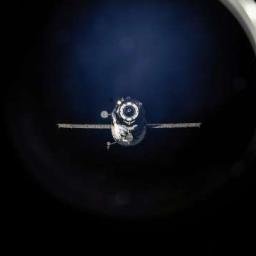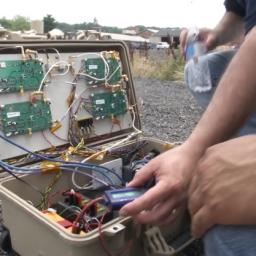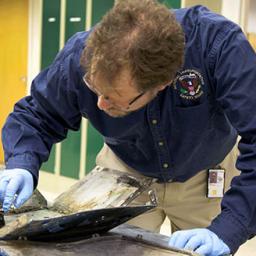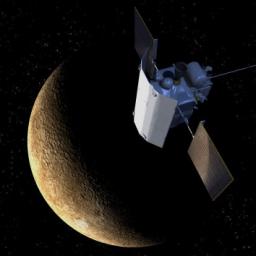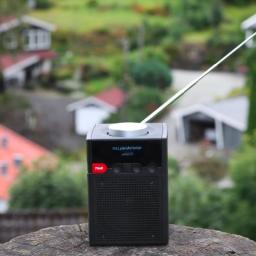Verizon, Sprint customers to get refunds for fraudulent "cramming" charges
All 50 state attorney generals, the Consumer Financial Protection Bureau, and the Federal Communications Commission, reached settlements with Sprint and Verizon Wireless that include $158 million in payments to resolve allegations that Sprint and Verizon placed unauthorized, third-party charges on consumers' mobile telephone bills, a practice known as "cramming."
Consumers who have been "crammed" often have charges, typically $9.99 per month, for "premium" text message subscription services (also known as "PSMS" subscriptions) such as horoscopes, trivia, and sports scores that the consumers have never heard of or requested. Sprint and Verizon are the third and fourth mobile telephone providers to enter into nationwide settlements to resolve allegations regarding cramming. Similar settlements with AT&T were announced in October of 2014 ($105 million), and T-Mobile in December of 2014 ($90 million). All four mobile carriers announced they would cease billing customers for commercial PSMS in the fall of 2013.
Sprint will provide $50 million and Verizon will provide $70 million directly to consumers who were victims of cramming. Consumers can submit claims under the redress programs by visiting www.SprintRefundPSMS.com and/or www.CFPBSettlementVerizon.com. On those websites, consumers can submit claims, find information about refund eligibility and how to obtain a refund, and can request a free account summary that details PSMS purchases on their accounts.
Consumers who have been "crammed" often have charges, typically $9.99 per month, for "premium" text message subscription services (also known as "PSMS" subscriptions) such as horoscopes, trivia, and sports scores that the consumers have never heard of or requested. Sprint and Verizon are the third and fourth mobile telephone providers to enter into nationwide settlements to resolve allegations regarding cramming. Similar settlements with AT&T were announced in October of 2014 ($105 million), and T-Mobile in December of 2014 ($90 million). All four mobile carriers announced they would cease billing customers for commercial PSMS in the fall of 2013.
Sprint will provide $50 million and Verizon will provide $70 million directly to consumers who were victims of cramming. Consumers can submit claims under the redress programs by visiting www.SprintRefundPSMS.com and/or www.CFPBSettlementVerizon.com. On those websites, consumers can submit claims, find information about refund eligibility and how to obtain a refund, and can request a free account summary that details PSMS purchases on their accounts.
